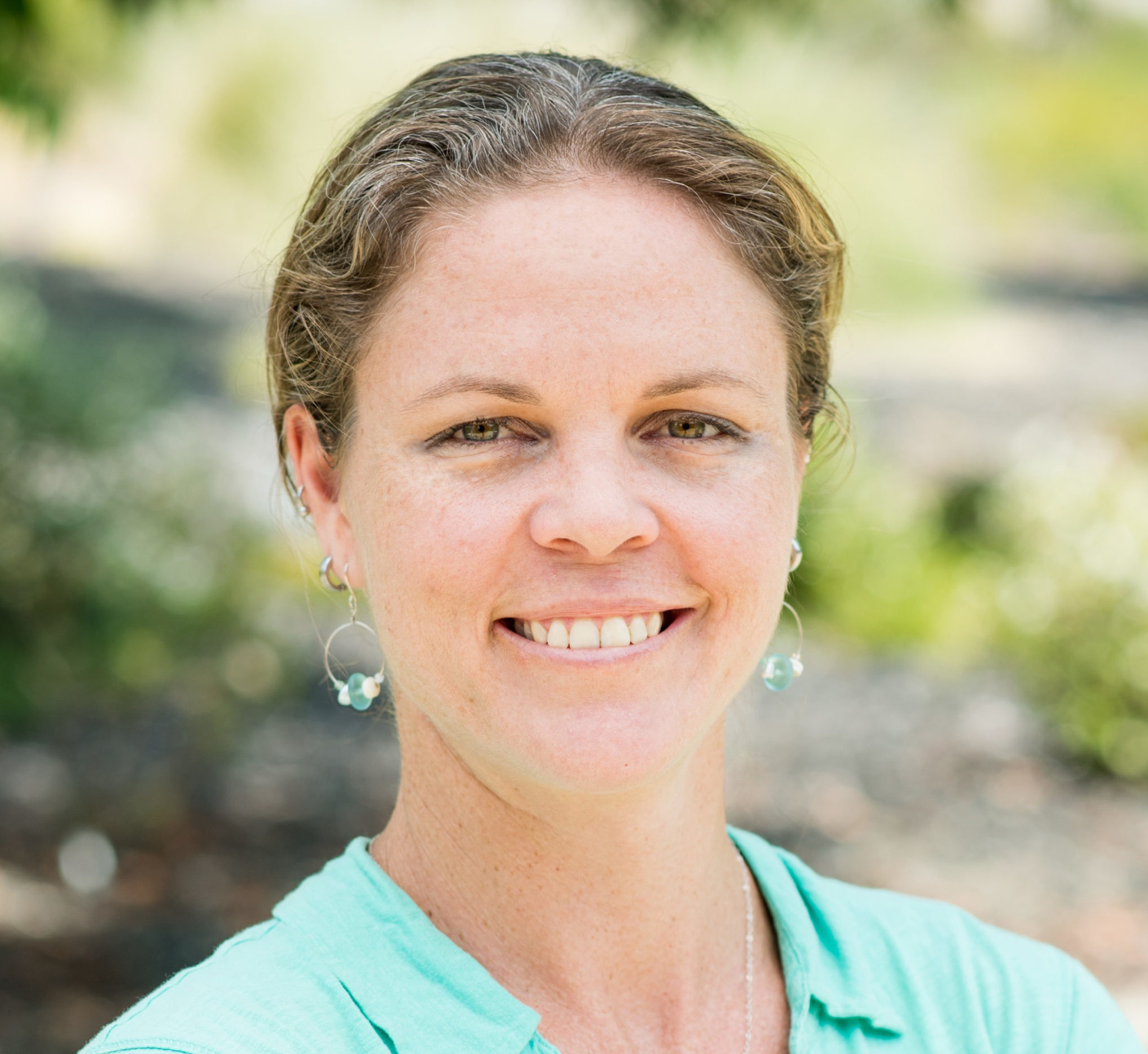2020 Multiscale Microbial Dynamics Modeling School
The Science
Modeling the dynamics of microbial communities provides insight into how ecosystems respond to environmental change. While it may seem fairly straightforward to predict how a single bacterium with a known genome will respond to a small change in the environment (e.g., addition of glucose), microbes rarely exist in isolation. Microbial communities are complex and diverse. This makes it difficult to develop realistic models that reflect what actually happens within an ecosystem. Models become more accurate with better information. Creating a clearer picture of the roles microbial communities have in an ecosystem requires a combination of high-quality genetic data and data about their metabolic activity in a dynamic environment. However, the future of multiscale modeling will require community effort to fill in the knowledge gaps with more information as the research continues.
The Impact
The immersive Multiscale Microbial Dynamics Modeling course was developed to enable the community to interactively explore questions around the role of microbes in ecosystem science. While originally designed as an in-person workshop, the COVID-19 pandemic converted the workshop into a fully virtual experience. The course transitioned to virtual lectures, free and open to the public. This was well received by the community, with nearly 400 participants from 17 countries, including Norway, Mexico, Brazil, Iceland, Singapore, Australia, Belize, Spain, India, Switzerland, Russia, Canada, Malaysia, Germany, Japan, Philippines, Denmark, and the USA. The interactive components of the course were limited to early career scientists, with the intent of exhibiting current technologies and tools offered by Biological and Environmental Research (BER) programs and user facilities to create metabolic models of microbial communities. Many researchers focus on particular components along the analysis path, from genomics to metabolism to the environment dynamics. Bringing together experts and students across these specialties presented an opportunity for collaborative ideas that empowers the community to go beyond what seems feasible in the world of metabolic modeling today.
Summary
The 2020 Multiscale Microbial Modeling Dynamics Summer School was an interactive demonstration of the latest science and technological advances in modeling of metabolism in microbial communities. The course was hosted by Environmental Molecular Sciences Laboratory (EMSL), a U.S. Department of Energy (DOE) science user facility located on the Pacific Northwest National Laboratory (PNNL) campus, in collaboration with the DOE Joint Genome Institute (JGI), a DOE Office of Science user facility located at Lawrence Berkeley National Laboratory (LBNL), and the DOE Systems Biology Knowledgebase (KBase). While the course covered topics from metagenomics to the theory of modeling the dynamics of chemical compounds in the environment, the main goal of the course was to introduce early career scientists to DOE-funded resources (data, tools, and platforms) used for cutting-edge investigations of metabolic function across scales – from microbes to ecosystems.
The Worldwide Hydrobiogeography Observation Network for Dynamic River Systems (WHONDRS) consortium provided data from community-collected samples that span seven rivers across the world. WHONDRS samples include riverine environments that explore the interplay between microbes that inhabit river-adjacent soils, sediments, surface waters, and groundwater. Data from these samples, with curation assistance from Environmental Systems Science Data Infrastructure for a Virtual Ecosystem (ESS-DIVE), allowed researchers to create complex models that predict how ecosystems may respond to environmental changes like flooding or drought. The accuracy of creating metabolic models for ecosystems inferred from microbial communities is based on multiple factors, including who is present in the microbial community, what metabolites are detected, and the molecular dynamics between the two.
While environmental sampling provides information on which microbes are present and the current chemical environments within ecosystems, questions around shifts in the environmental chemistry and the impact it has on microbial communities remain unanswered. Filling these knowledge gaps is possible through creating accurate models of system dynamics that combine genomic and metabolomic data through advances in computational power to run complex models, such as watershed dynamics. By the end of the course, students understood that a model is only the best approximation of the information it contains, limited by the input data and our own conceptual understanding of community dynamics in changing environments. These limitations will continue to be tackled through innovation and collaboration, with support from the BER programs along the way.
Related Publications
Xingyuan Chen, Raymond Mark Lee, Dipankar Dwivedi, Kyongho Son, Yilin Fang, Xuesong Zhang, Emily Graham, James Stegen, Joshua B. Fisher, David Moulton, Timothy D. Scheibe. Integrating Field Observations and Process-based Modeling to Predict Watershed Water Quality under Environmental Perturbations. Journal of Hydrology, 15 Nov 2020; 125762. doi: 10.1016/j.jhydrol.2020.125762.
Xinming Lin, Huiying Ren, Amy E Goldman, James C Stegen, and Timothy D Scheibe. WHONDRS-GUI: a web application for global survey of surface water metabolites. PeerJ, 22 Jul 2020; 8:e9277. doi: 10.7717/peerj.9277.
Emily B Graham, James C Stegen. Maoyi Huang, Xingyuan Chen, and Timothy D Scheibe. Subsurface biogeochemistry is a missing link between ecology and hydrology in dam-impacted river corridors. Science of the Total Environment, 20 Mar 2019; 657. doi: 10.1016/j.scitotenv.2018.11.414
Michael Shaffer, Mikayla A Borton, Bridget B McGivern, Ahmed A Zayed, Sabina Leanti La Rosa, Lindsey M Solden, Pengfei Liu, Adrienne B Narrowe, Josué Rodríguez-Ramos, Benjamin Bolduc, M Consuelo Gazitúa, Rebecca A Daly, Garrett J Smith, Dean R Vik, Phil B Pope, Matthew B Sullivan, Simon Roux, Kelly C Wrighton. DRAM for distilling microbial metabolism to automate the curation of microbiome function. Nucleic Acids Research, 18 Sep 2020; 48:16. doi: 10.1093/nar/gkaa621.
Related Links
Multiscale Microbial Dynamics Modeling Course
Twitter hashtag: #SummerSchool2020

